The ruins of Hampi, which were declared a UNESCO World Heritage Site in 1986 for their austerity and grandeur, are located about 300 km from Bangalore in the state of Karnataka. The numerous Dravidian temples of the Vijayanagara Empire made it one of the largest medieval cities of the period after Beijing. It is said to have been so prosperous and beautiful that it attracted numerous merchants and travelers from other parts of the world.
On the banks of the Tungabhadra River, over a length of almost 26 square kilometers, we find today more than 1,600 remains of what was one of the most important cities in India until the Deccan sultans occupied and destroyed it in 1565.
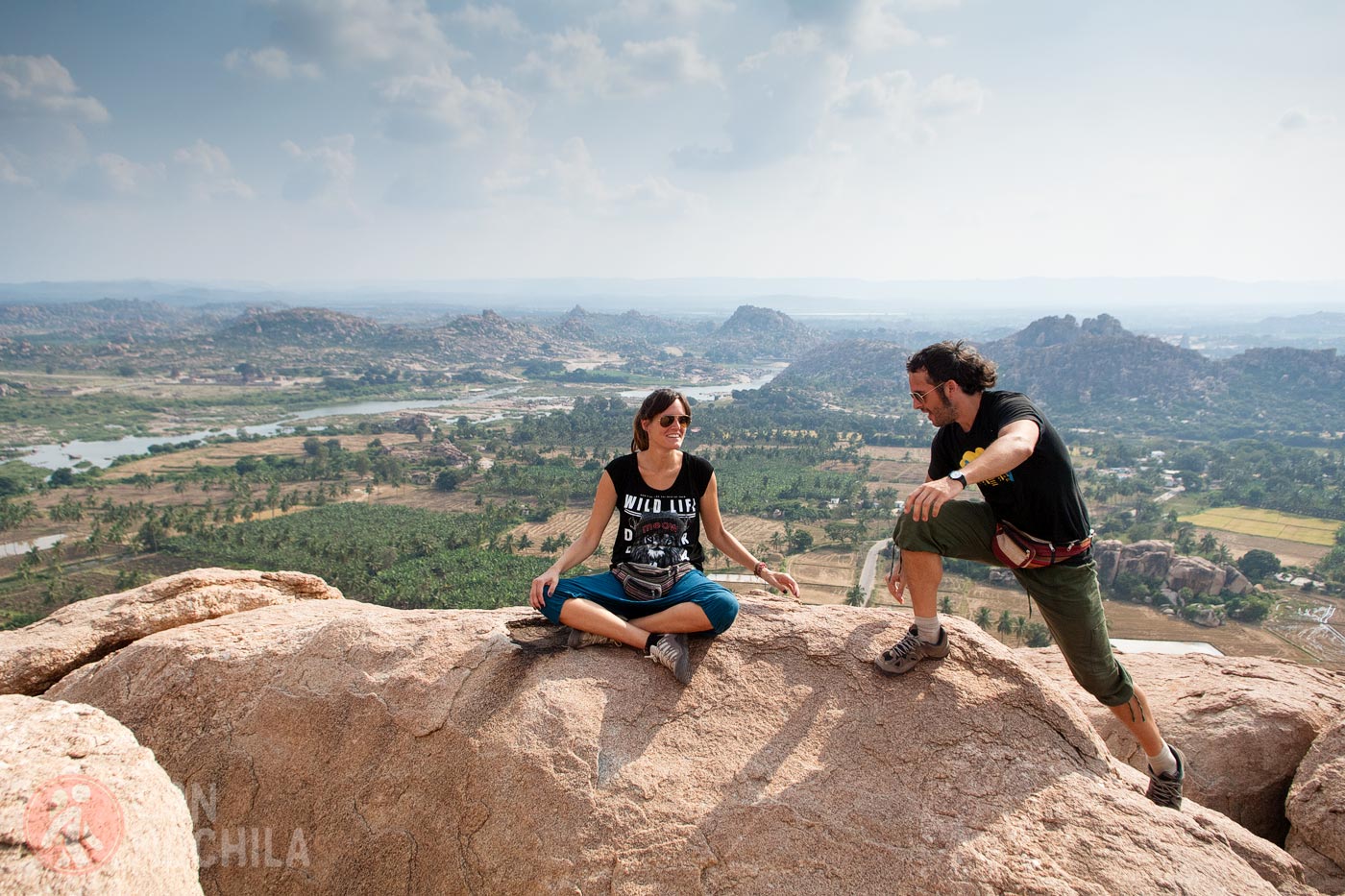
Ceremonial complexes, temples, markets, fortifications, palaces and stables, among others, make Hampi a place to explore all these wonders over several days.
October to February is the best time to visit Hampi. The pleasant winter months are the perfect time to explore the city, with cool days and even cooler nights.
We know that the subject of visas can be somewhat confusing, especially for India, where obtaining one is an essential requirement for entry. In the article on how to obtain an Indian visa step by step (coming soon) you have information on how to apply for one online for up to 5 years.
It’s essential to travel to India with comprehensive insurance. We were among the first to offer the popular IATI discount, and you can now get it with Heymondo Travel Insurance as well.
You can find more information about both companies through the links provided above, or you can access the discount directly using the buttons below (in both cases, you’ll see the reduced final price on their website):
While many hotels, guesthouses, and restaurants in India offer free Wi-Fi, some travelers prefer or need a constant connection.
We explain how to obtain an eSIM India card with internet access and benefit from its affordable rates. This now includes updated information on India eSIM discount options as well.
Numerous overnight trains from Bangalore or Goa reach Hospet Junction, the nearest railway station to Hampi.
You can take a look at our article about trains in India with all the information you need about sleeper classes (3rd class), and we leave you here some links to the most popular trains to get to Hampi:
There are daily bus connections from Bangalore to Hospet, from where you can take a public bus to Hampi, 13 km away.
Jindal Vijaynagar Airport (VDY) is located about 40 km from Hampi, but it is best to fly to an international airport such as Bangalore.
Located on the southern bank of the Tungabhadra River and in a spectacular setting, stands the oldest (and main) temple in Hampi: the Sri Virupaksha, a pilgrimage center for Shiva worshippers and also for tourists who come there. A huge tower (or Gopuram) will welcome us.
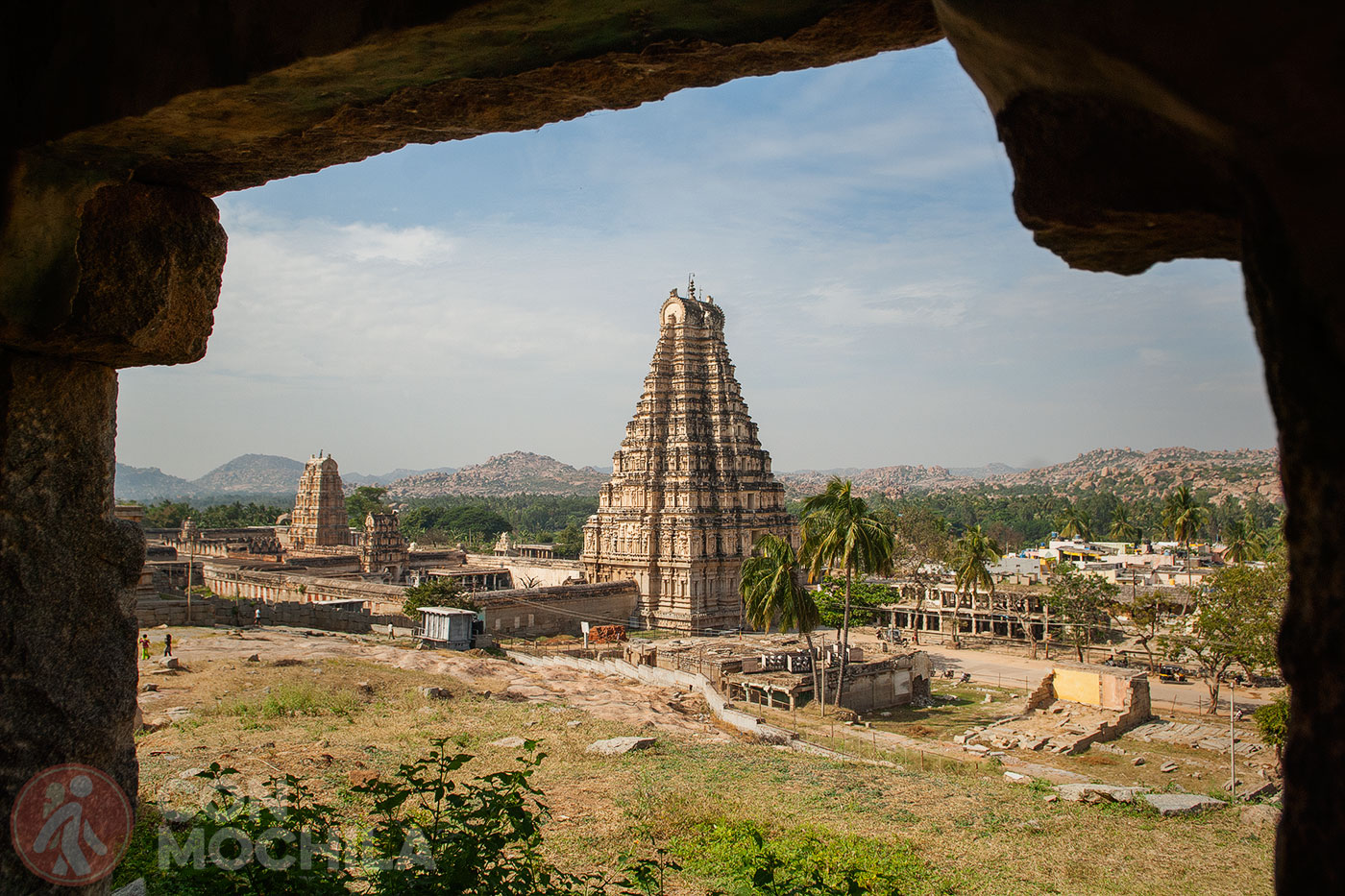
This type of tower is the typical one that is usually seen in Hindu temples in southern India, pyramidal in shape and decorated with sculptures representing gods and other divine and celestial beings, as well as a lot of erotic figures related to fertility rites.
On the way to the Sri Virupaksha temple we came across a monolith over 6 meters high, the statue of Lakshimi Narasimha. Her bulging eyes and legs crossed in a lotus position with a belt holding them, as well as her head covered by 7 snakes called Sesha, attract attention.
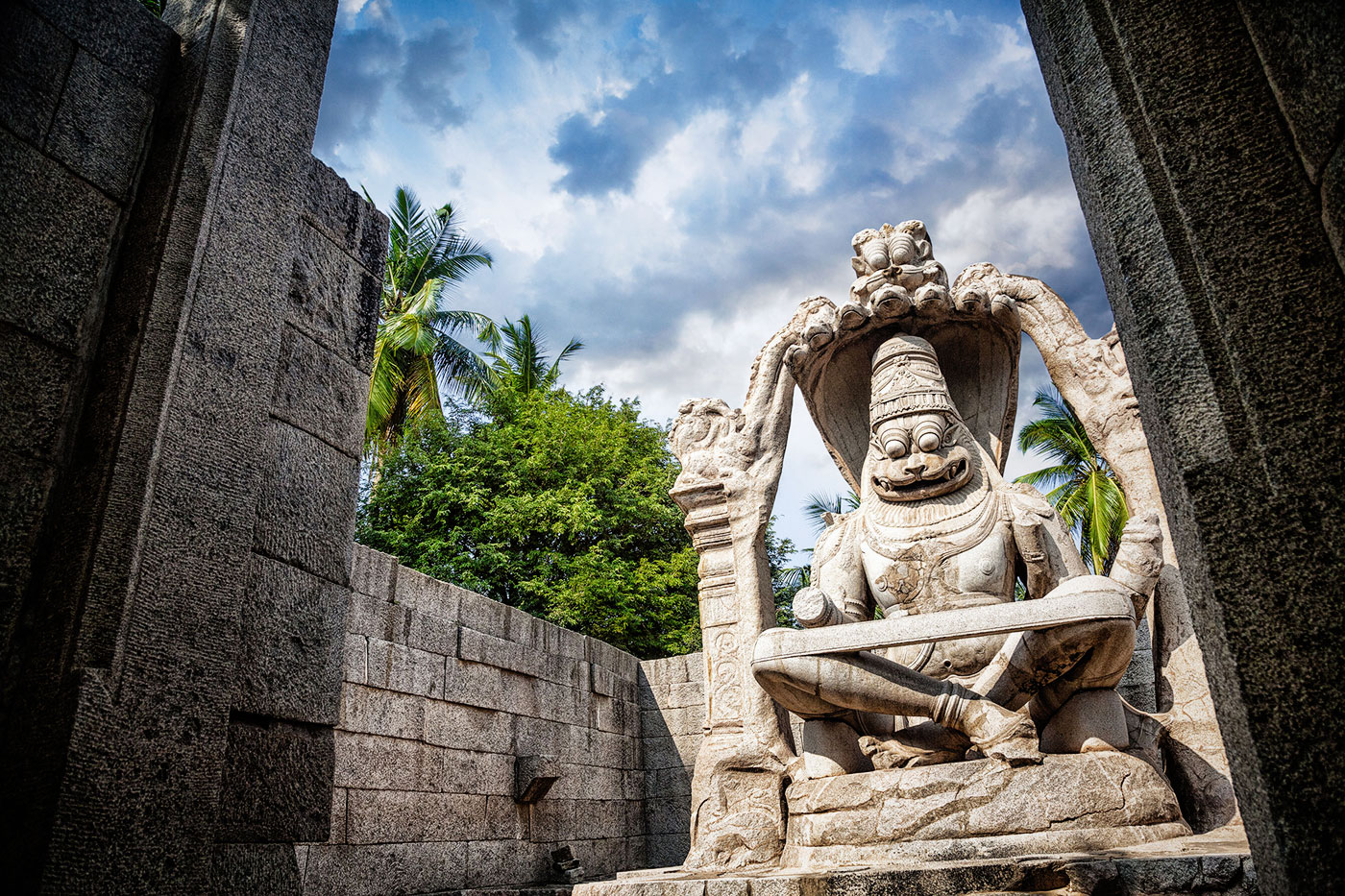
It is said that the statue originally also had an image of Lakshmi, his consort, sitting on her lap.
One of the most striking elements within the Vijaya Vittala Temple complex, built in the 15th century by King Devaraya II, is a shrine in the form of a stone chariot (one of the most famous three in India) pulled by elephants and dedicated to Garuda. Inside the temple, which stands out for its elegance and grandeur, we find some curious musical pillars.
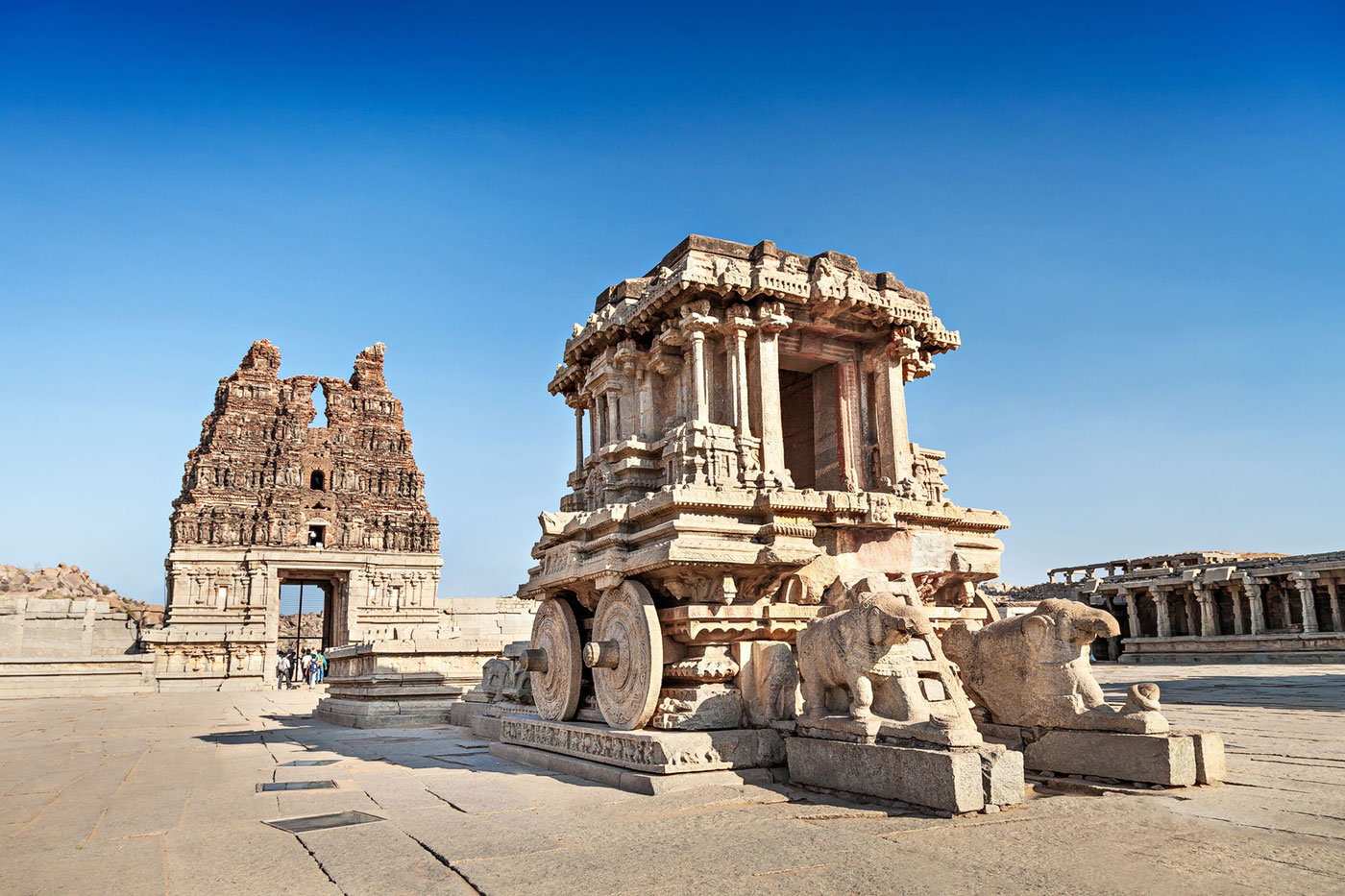
They say that each one makes a different rhythmic sound when struck with a sandalwood stick. Two of these pillars were destroyed by the British who cut them to see what content was inside them to house that sound.
According to Hindu mythology, the temple on top of Anjanadri Hill was the birthplace of Hanuman, the monkey god. The climb to the Hanuman Temple involves more than 500 zig-zag steps, and the entrance path is flanked by two monkeys. While it is not an architectural marvel, a stroll around the area is enough to enjoy the stunning views, with the river, fields, rocks and coconut trees making for a beautiful picture.
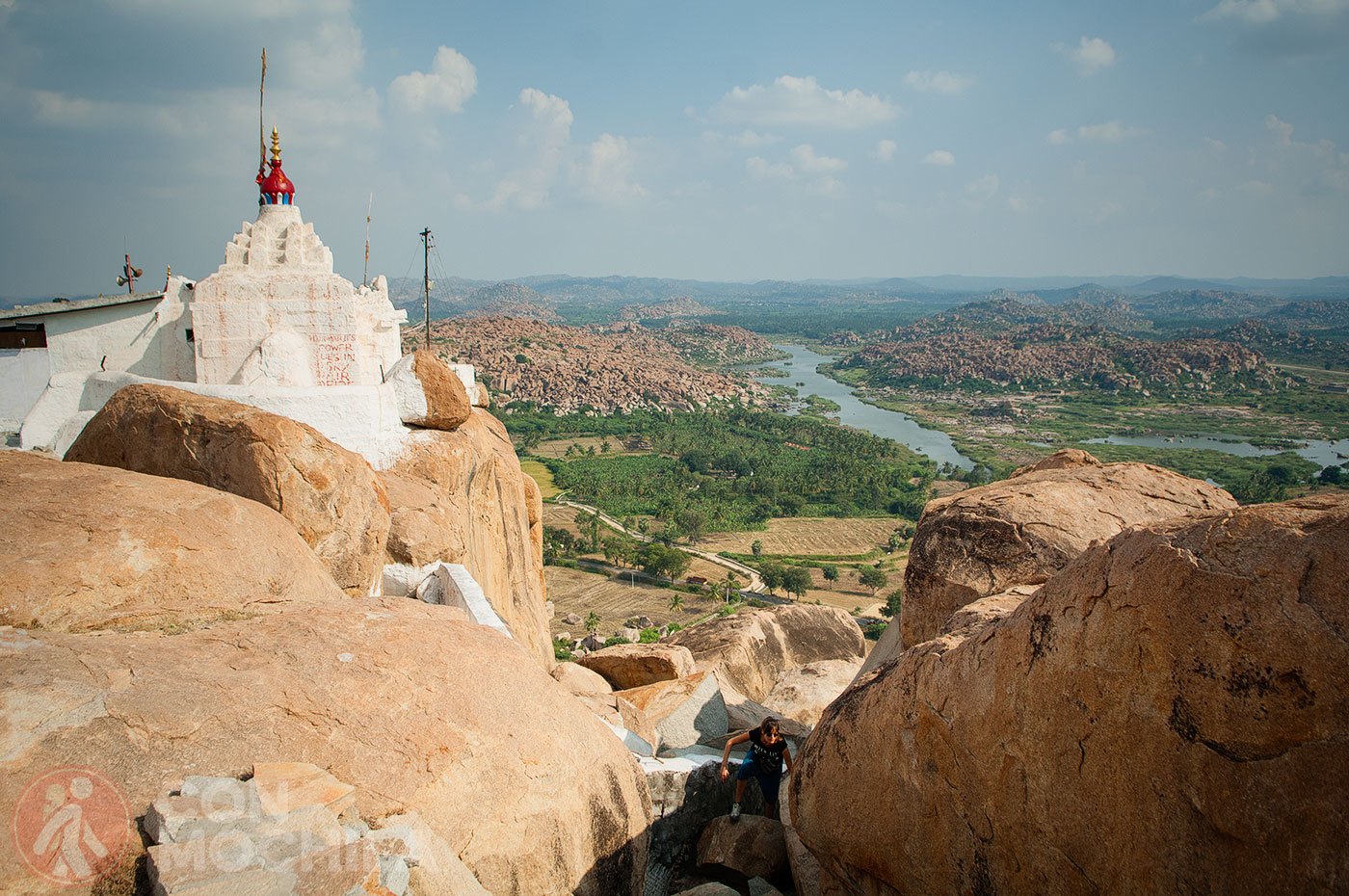
Next to the temple, while you can hear the chants emanating from within, there is a group of large rocks where you can stop to rest and enjoy the views.
Although in ruins due to the attacks suffered by Hampi by the Bahamani kingdom (Deccan sultans), the Achyutaraya Temple is one of the most imposing and striking. Visible from Matanga Hill and at the end of the street of the courtiers, the idol to which the temple is dedicated is Tiruvengalanatha, another form of representation of Vishnu.
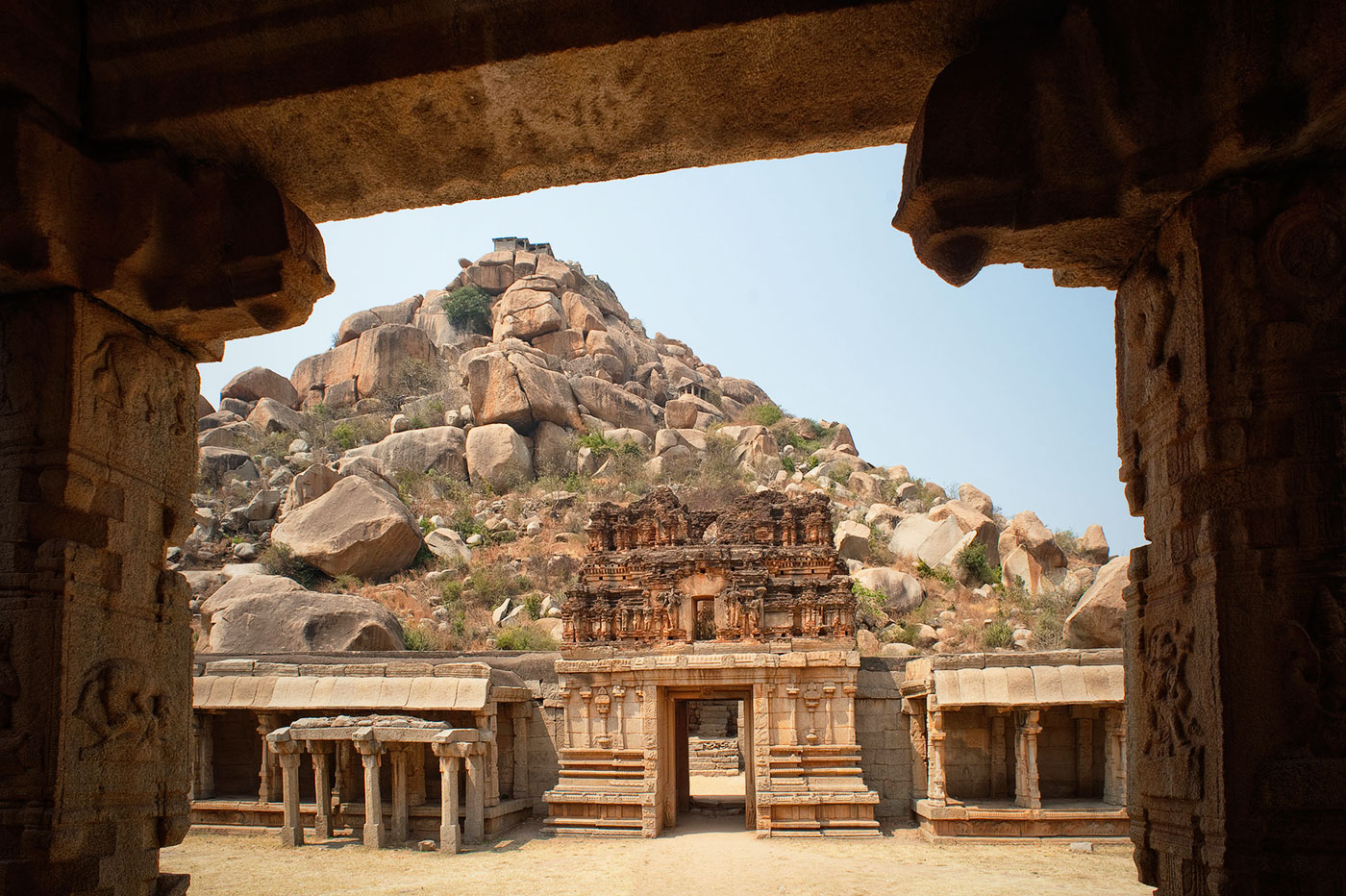
The main sanctuary is located in the center of two concentric enclosures. There are various sculptures and stone carvings, some of Krishna as an infant. There is also a Mandapa, a wedding hall of the Gods and Goddesses used for rituals.
North of Sri Virupaksha, there is a stepped hill called Hemakuta Hill, an excellent place to catch a glimpse of all the ruins in this area and, if possible, watch the sunrise or sunset. Legend has it that Shiva did his penance here so that he could marry a local girl, Pampa, and that when he accepted, gold rained down, hema in Sanskrit.
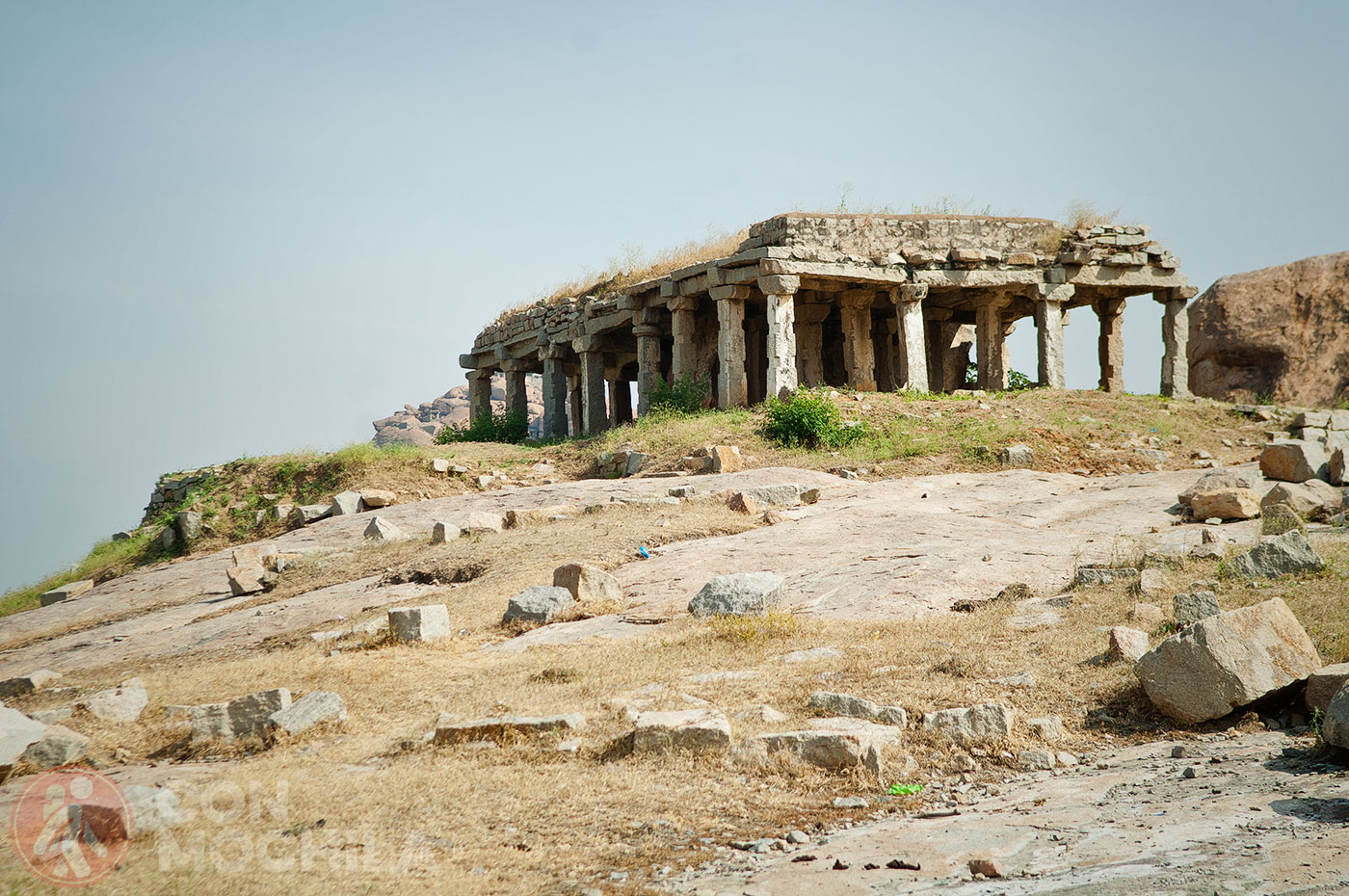
To reach the top, it takes about 15 minutes to pass through several small temples, gateways and fortified pavilions. The largest temples, Saasivekaalu Ganesha and Kadalekalu, are located on the hillside.
Also known as the Great Platform, Mahanavami Dibba is a ceremonial enclosure built by King Krishnadevaraya to commemorate the victory over Udayagiri. In its heyday, it would contain wooden structures that were burnt during the destruction of Hampi. The two lower platforms have reliefs of animals such as elephants, horses and camels, as well as musicians and dancers, battles or couples. It also has a water pond dedicated to sports.
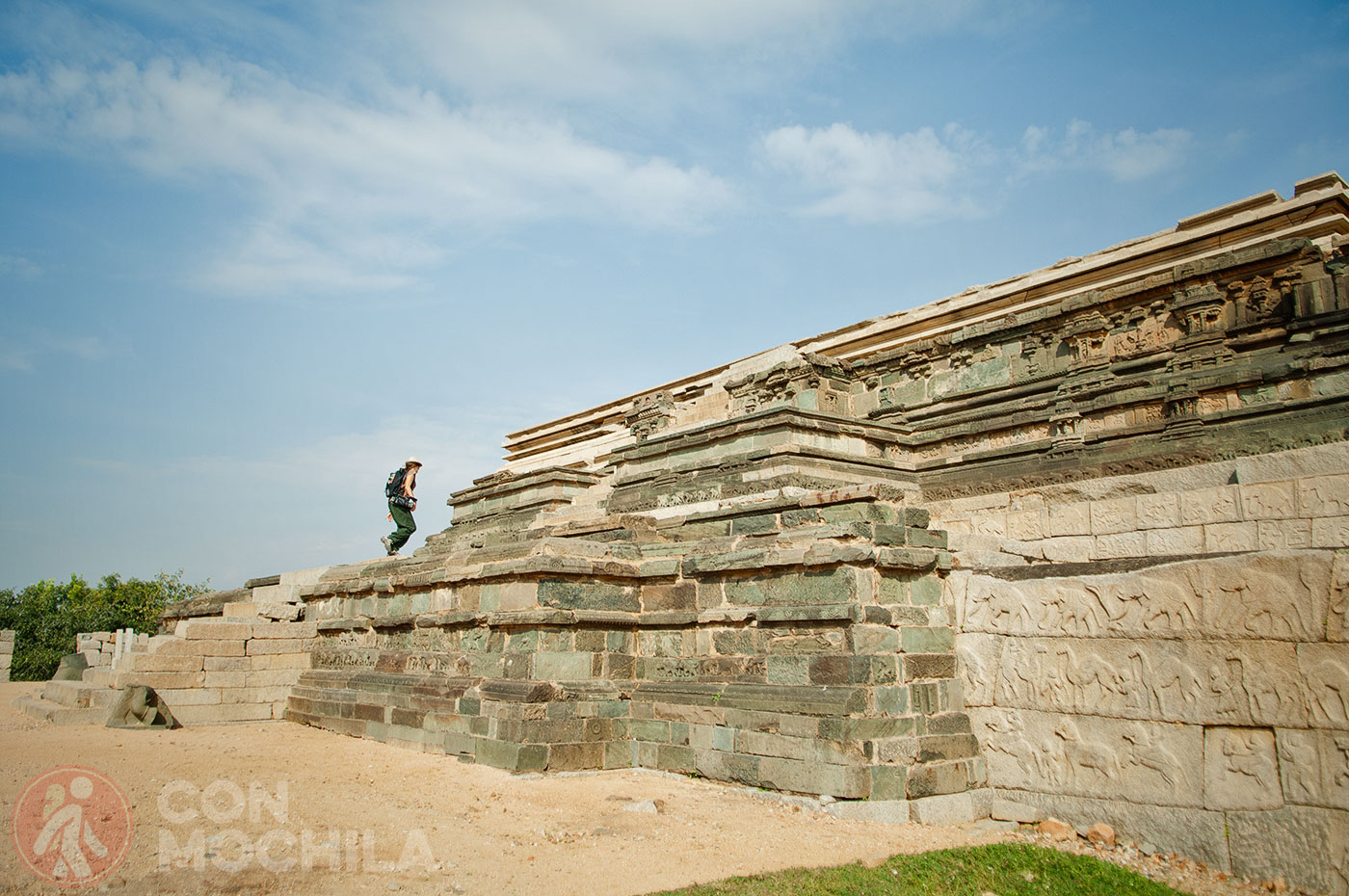
If you want to visit this complex, it is best to do so early in the morning or at dusk as there is no shade to shelter you from.
Opposite the Virupaksha Temple, we find a street with ancient pavilions on both sides of it. This is Hampi Bazaar, about a kilometer away. In medieval times this area was a thriving market, some of the structures were two stories high, and it was a reflection of the rich merchants who inhabited it.
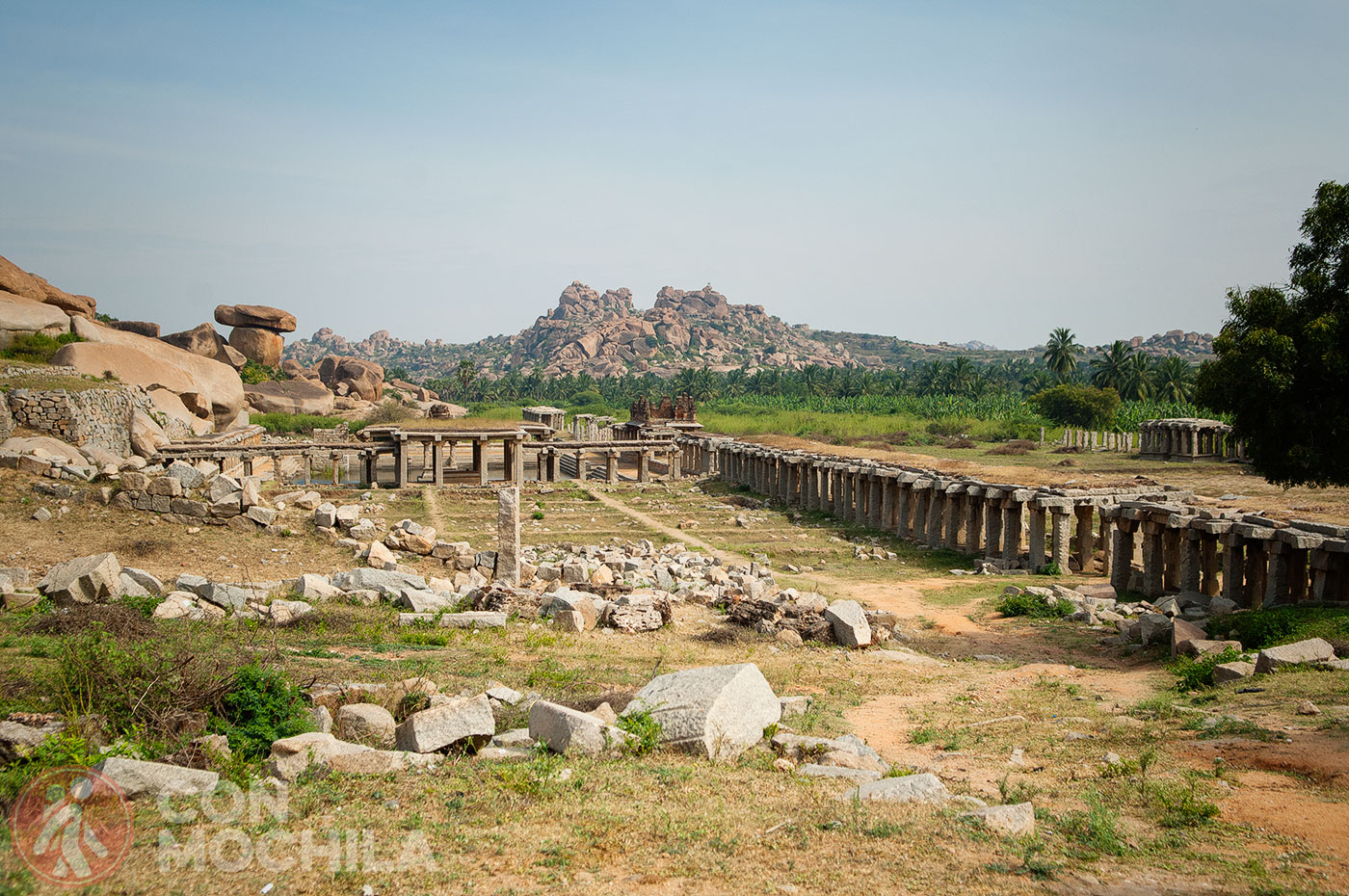
Today, it still functions as a market, with some restaurants and shops where you can buy crafts, but it has nothing to do with what it once was.
The Zenana Enclosure was a fortified area protected by eunuchs, reserved for the royal women of the Vijayanagara Empire and protected by four towers, although only three remain standing today.

In Indo-Islamic style, within this ruined enclosure, we find the wonderful Lotus Mahal and some other structures such as the Treasury Building, Palace Basement or the Water Pavilion.
One of the most distinctive palaces in the entire Hampi complex, the Lotus Mahal, named for its lotus-shaped structure, is a blend of Indo-Islamic architecture and has two floors with four pyramid-shaped towers. The walls feature carvings of creatures and birds.
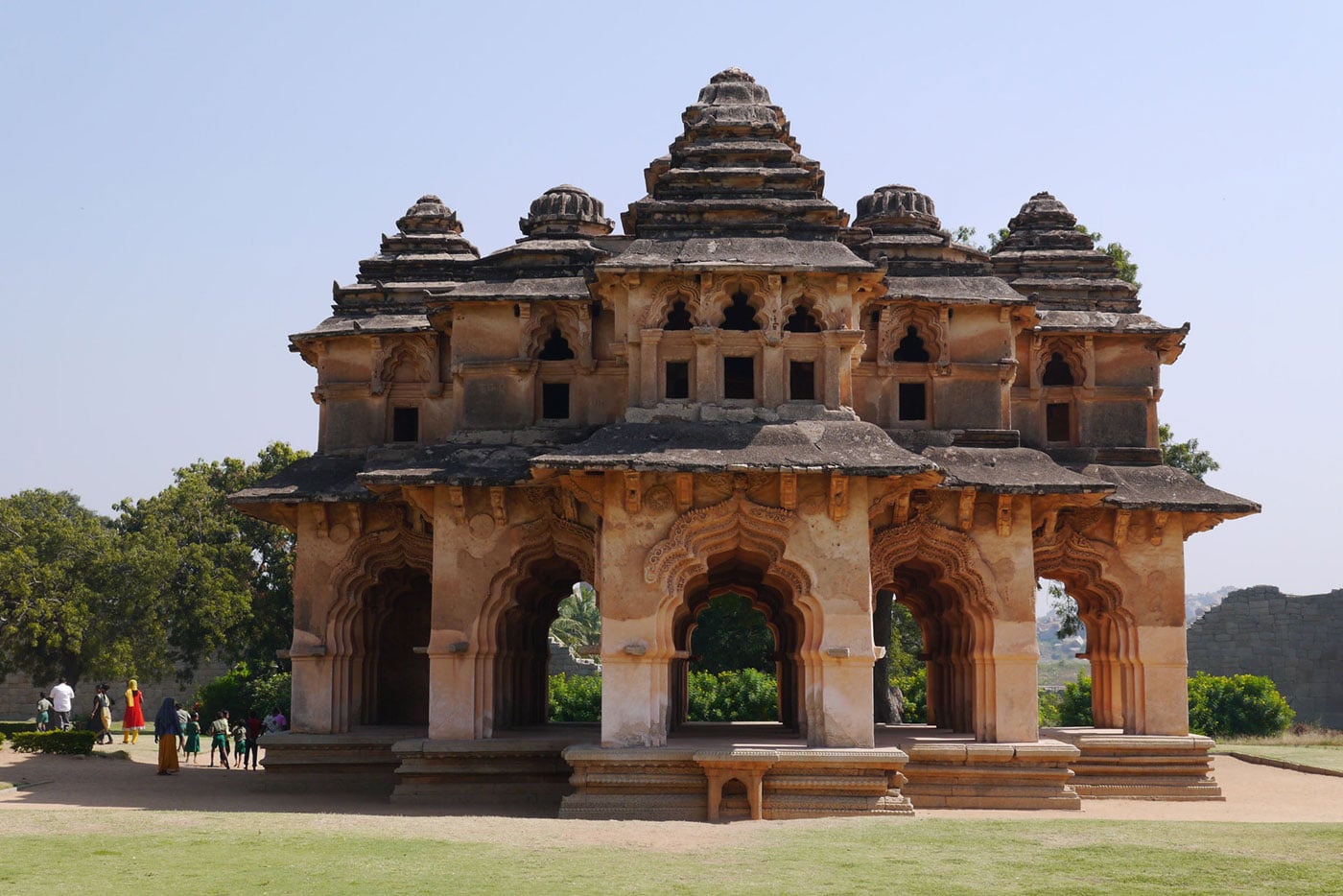
This building is located within the Zenana Enclosure, used by royal women for recreational activities and is one of the few that remains almost in its original state.
Just outside the Zenana Enclosure we find Elephant Stables, an impressive pavilion that provided shelter for the elephants used by the royalty of the Vijayanagara Empire.
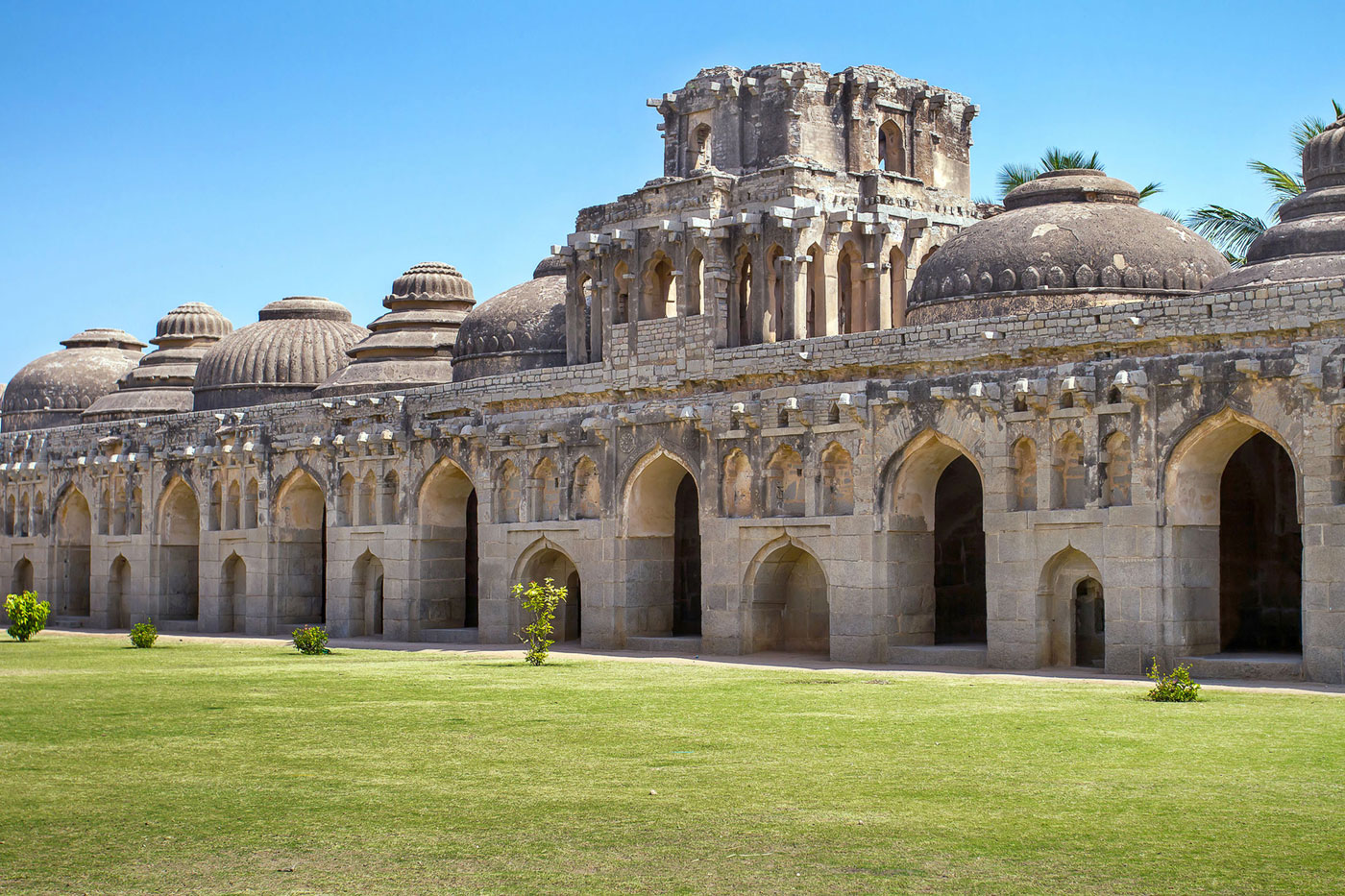
Built in the Indo-Islamic architectural style, the building has a rectangular shape with a series of interconnected vaulted chambers, capable of housing two elephants, as well as small doors through which the mahouts entered and left.
This temple was built in 1513 by King Krishnadevaraya of the Tuluva dynasty, to celebrate the conquest of the kingdom of Udayagiri, today known as Orissa. The complex is surrounded by banana plantations and a lake, and several gopurams lead to shrines and structures with carvings of elephants and lions on the pillars.
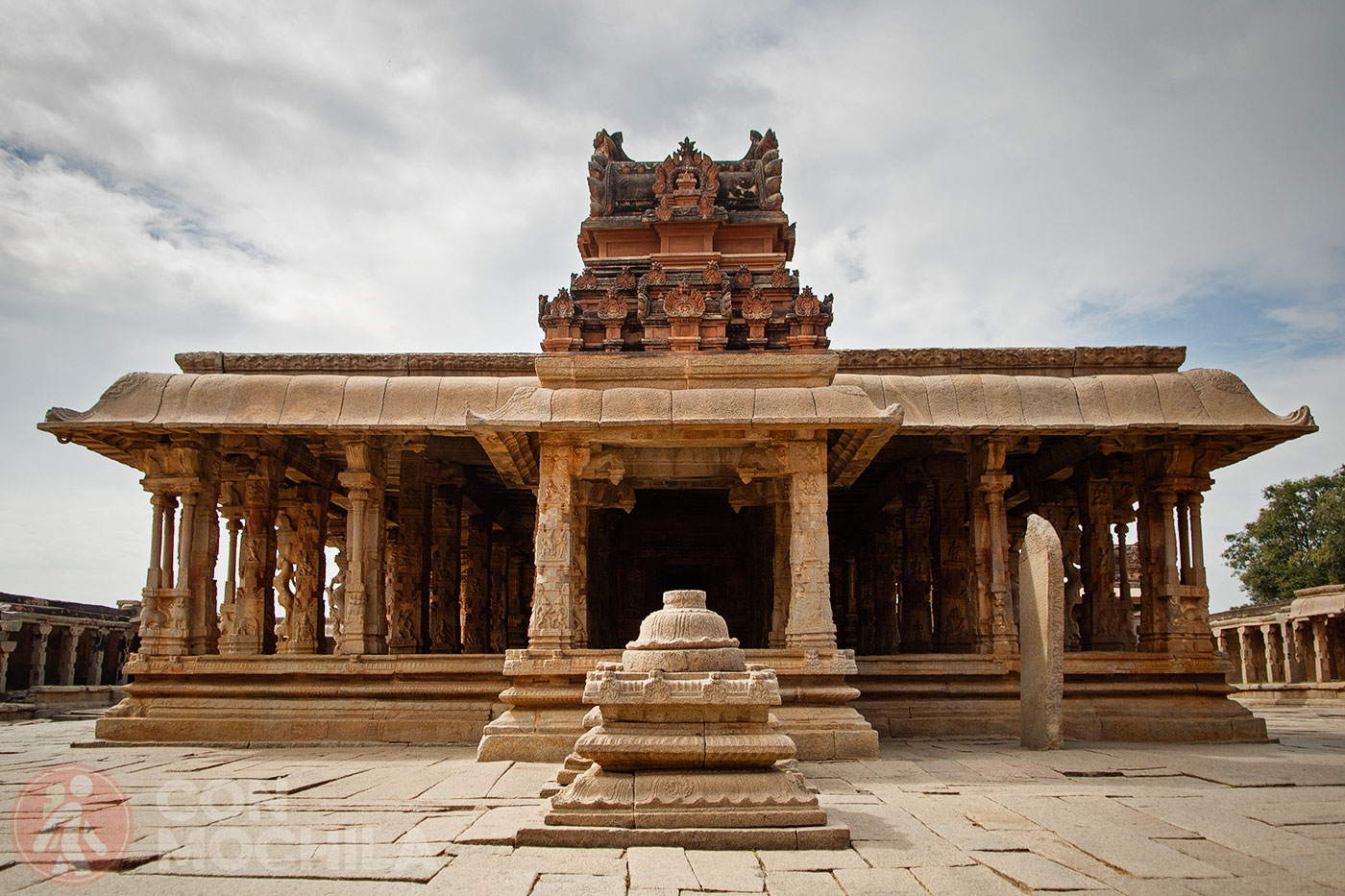
The Krishna Temple is dedicated to Balakrishna, the childhood form of Krishna, although his image is housed in the State Museum in Chennai. It is one of the few temples that has epic stories carved on the walls.
The Saasivekaalu Ganesha Temple on Hemakuta Hill is a large statue of Ganesha carved from a single piece of stone measuring 8 feet high.
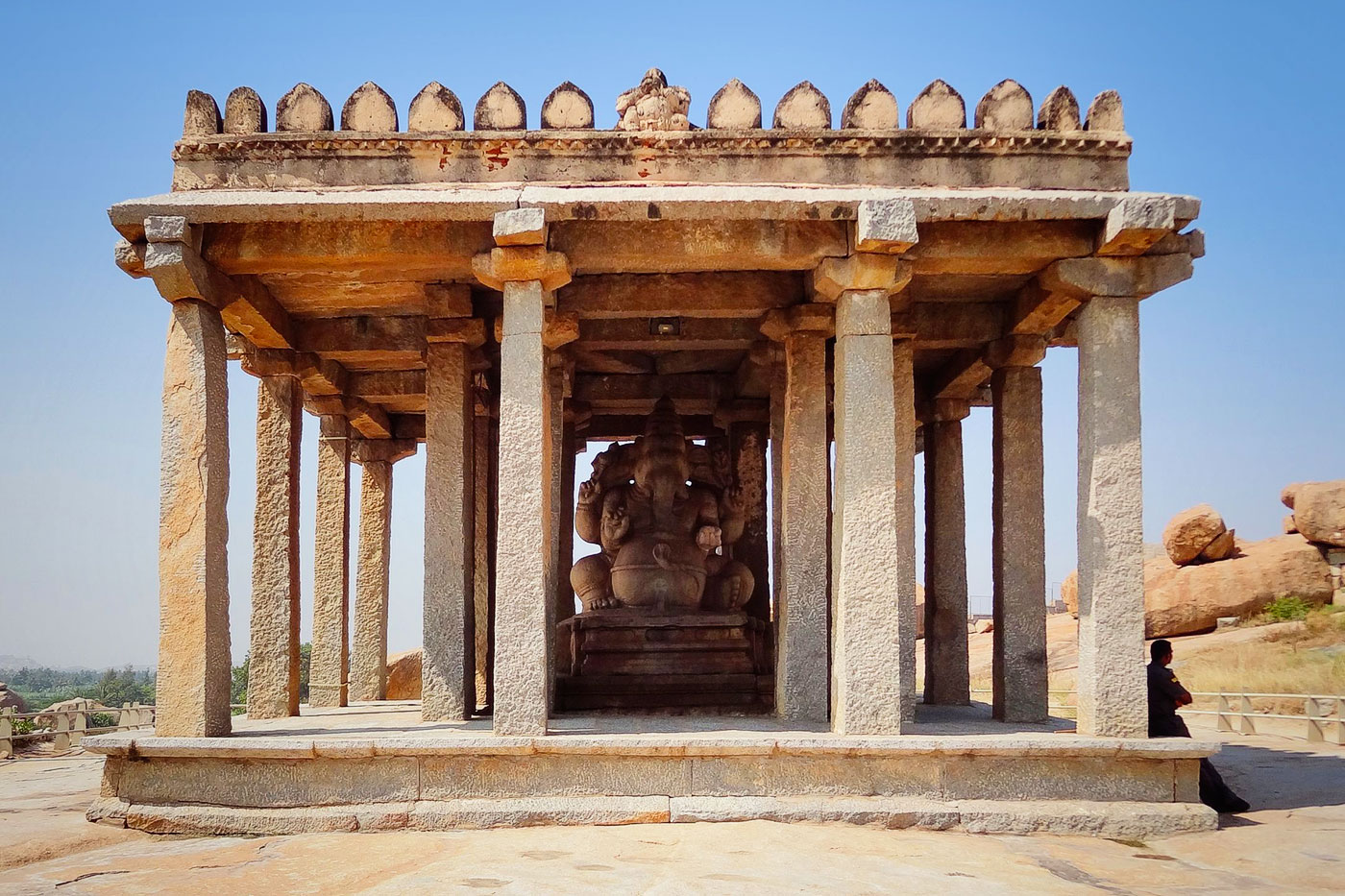
Built in 1500 and dedicated to King Nasashima II of the Vijayanagar Empire, legend has it that Ganesha once consumed so much food that his stomach was about to explode, so to prevent this, he tied a snake around him like the one seen on this statue. A structure with a roof and pillars covers the figure of Ganesha.
Nandi, a deity usually depicted as a bull, is the guardian of Kailash, the abode of Shiva. At Hampi, we can find a monolith or statue of Nandi, guarded by a pillared roof and a pile of huge pebble stones.
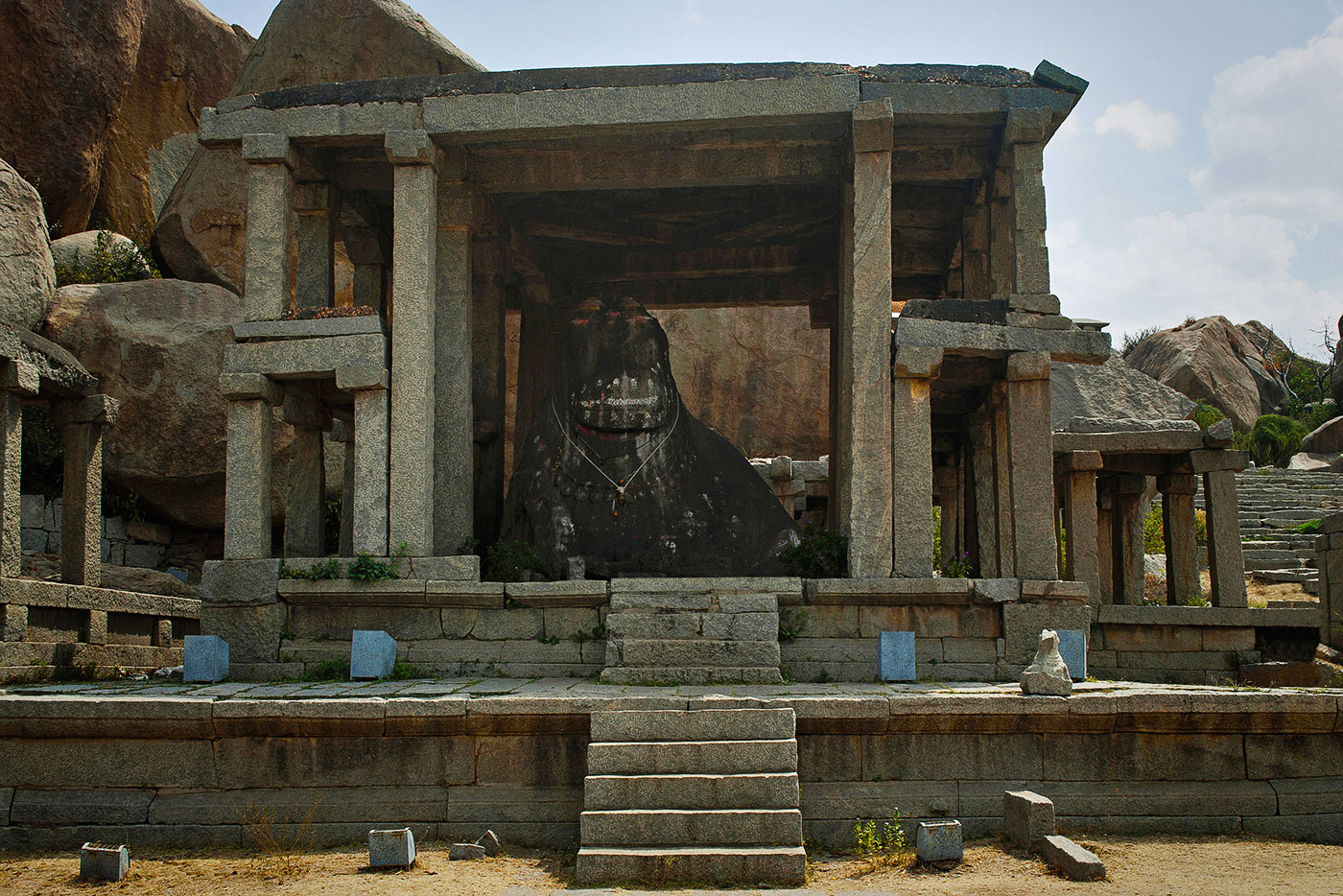
The structure, very striking for its size, has some very basic carvings after having withstood the passage of time.
Located within the royal enclosure, the Queen’s Bath was built over 500 years ago for the king and queens of the empire. It is a very simple building on the outside, surrounded by a moat to prevent anyone from entering while the royals were using the baths.
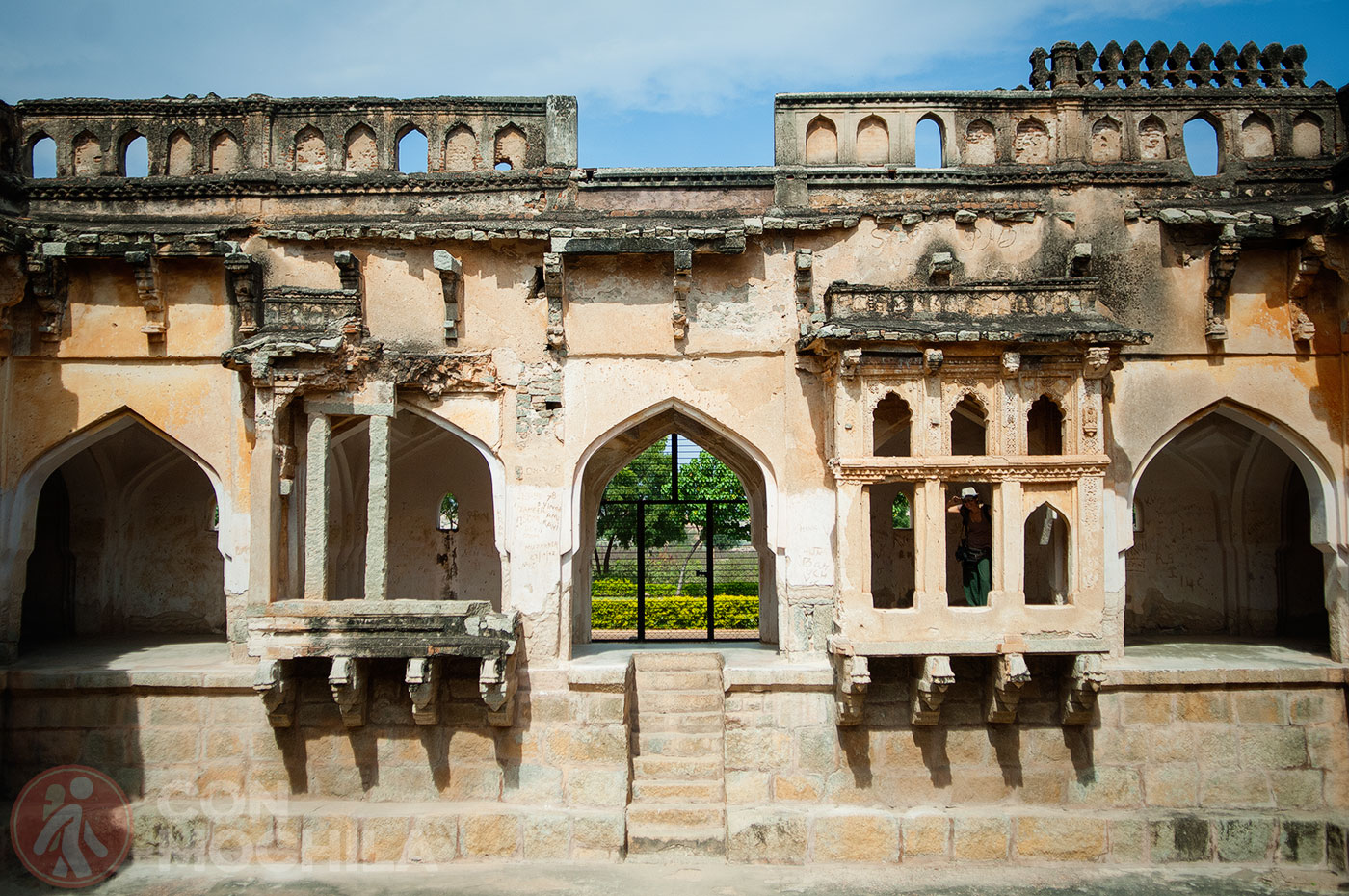
It is rectangular in shape, and highly ornate inside. The open, roofless bathing area is like a pond surrounded by ornate arches and balconies.
In the center of Hampi, we find Matanga Hill, the best place to watch the sunset and get good views, as well as being a sacred place described in the Ramayana.
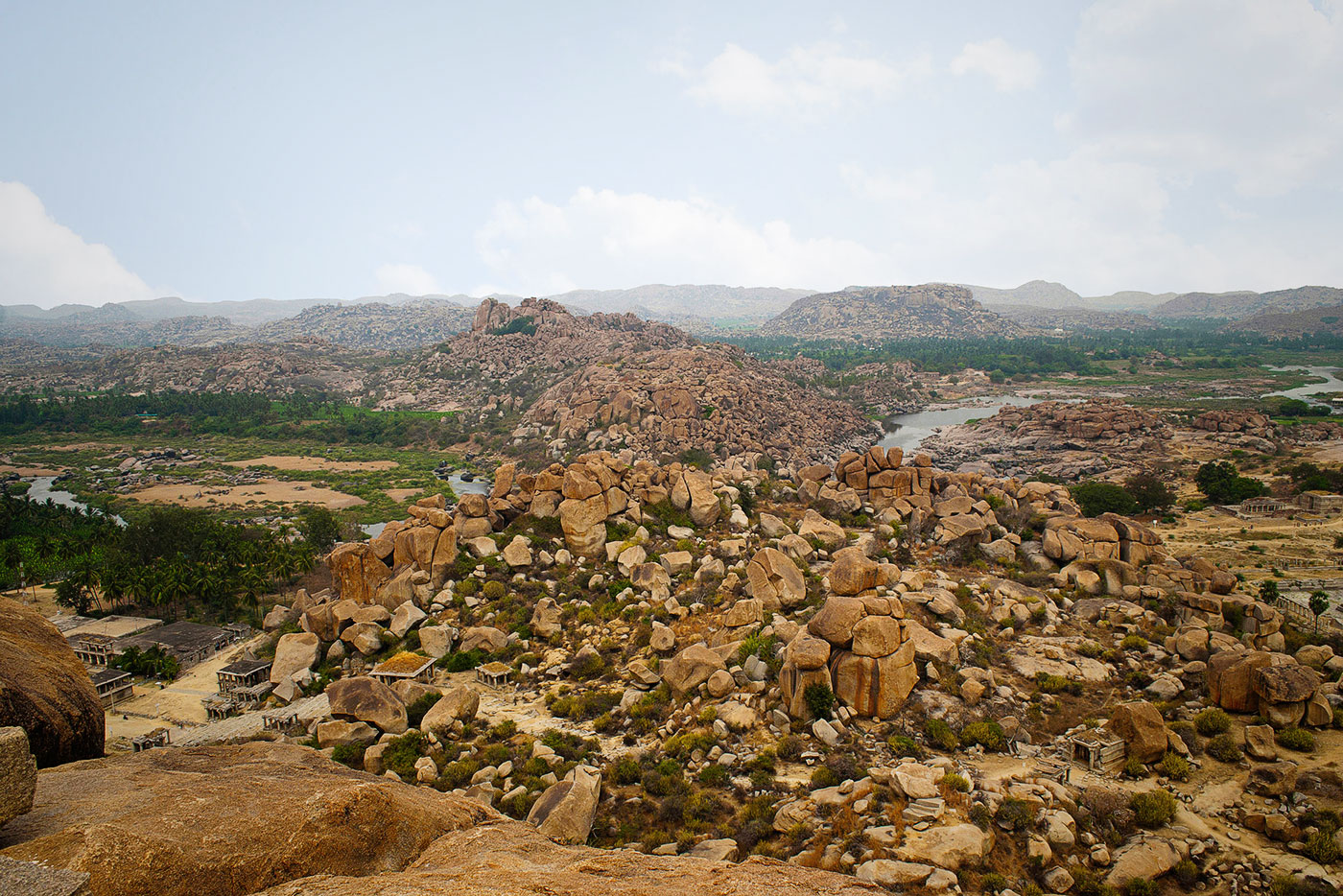
There are several paths that take about 30 minutes to climb to the top of the hill, where the Veerabhadra Temple is located: via a staircase on the northern side, to the east of Hampi Bazaar via a fairly steep climb, or the southern path, through plantations and next to the Thurtu Canal.
Considered one of the five sacred lakes of India, Pampa Sarovar Lake is located south of the Tungabhadra River near Hampi. It is said to be the place where Pampa, a form of Parvati, Shiva’s consort, performed penance to show her devotion to Shiva.
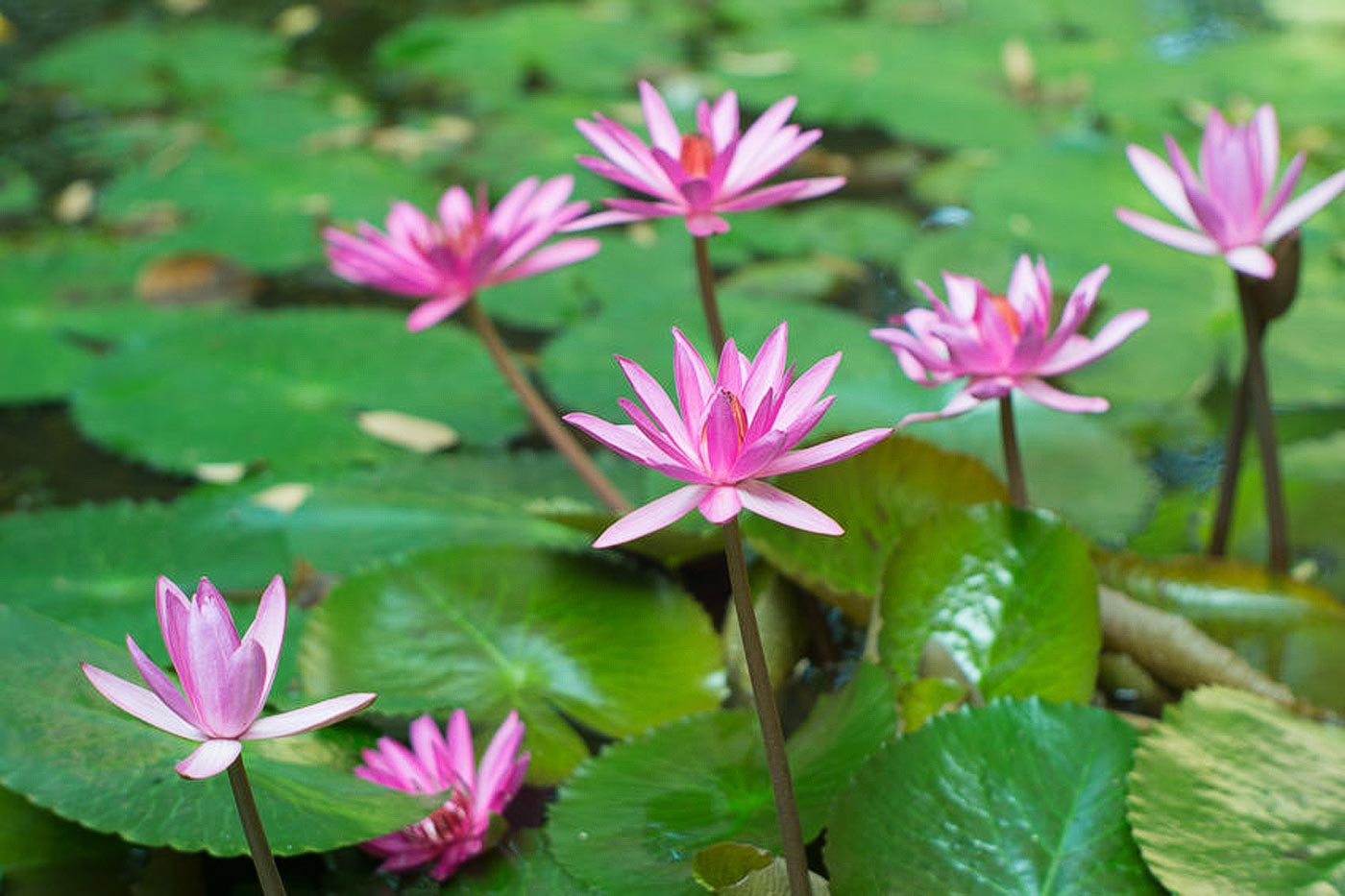
The lake is covered with lotus flowers and is surrounded by a small temple dedicated to Shiva, and a shrine dedicated to Ganesha.
Very close to Hampi, in the town of Sanapur, we find the Sanapur Lake, with large pebble stones scattered here and there, and rice fields in the valley. This lake is fed by the Tungabhadra River Dam.
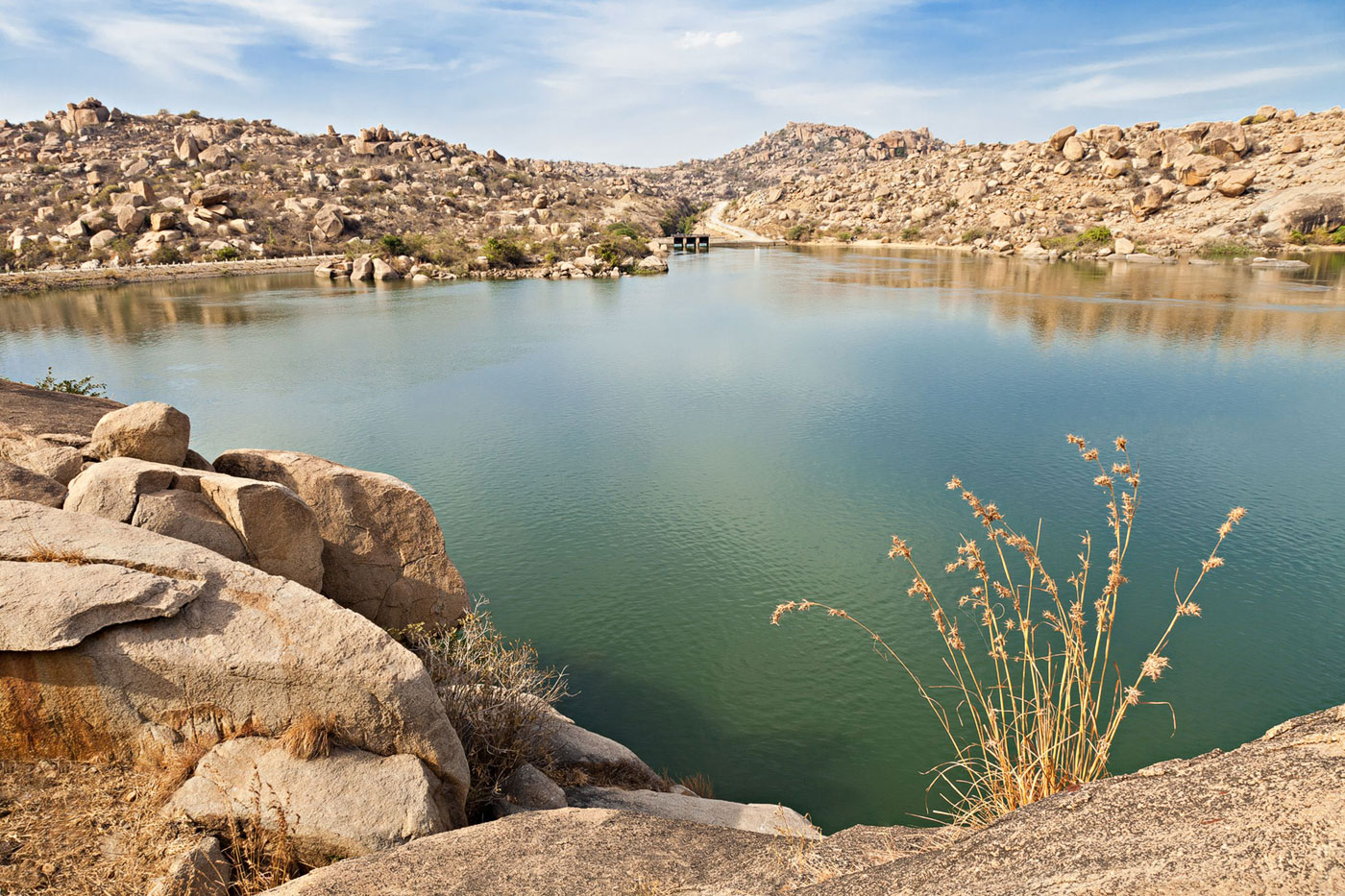
A very common activity among visitors is to take a ride in a coracle, one of these small round boats, made of bamboo, used by fishermen in some areas of Asia.
Do you want to visit the second largest medieval city in the world after Beijing? Try this full-day tour of Hampi, with a guide who is an expert in the history of the city.
Are you in Goa and fancy visiting the holy city of Hampi? Try this 2-day tour to Hampi from Goa, that includes a visit to the local market and accommodation.
Walk through time in Hampi with a 2 Hour Guided Walking Tour. You will discover some of the secrets of this World Heritage city.
After spending a whole week in Hampi, we can say that our choice, White Elephant Guesthouse, was the right one. The rooms are a kind of bungalow for each person, with a small terrace and a hammock included, and a table and a couple of chairs. The interior is quite austere, but at least it has a mosquito net and its own bathroom.
You need to get transport, as they have changed the location to about 5-7 km from Hampi, but the owners are the same and it still has very good reviews.
You can also take a look at the recommendations we detail below:
The ideal way to visit the ruins of Hampi is by bike or motorbike, depending on the temperature of the day or the distance you want to cover. You can find places to rent bikes throughout Hampi.
Click on the image and it will take you to a new Google Maps window with all the points of interest to travel around Hampi.